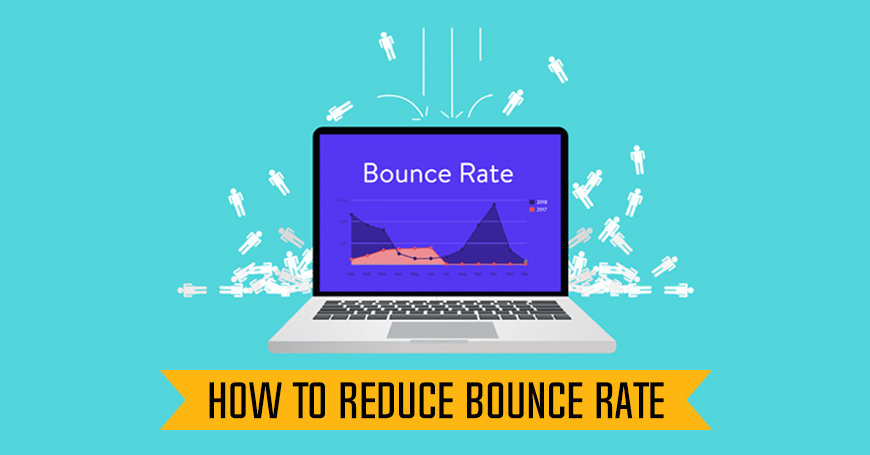Spread the loveFor several years, Google authorized its SERPs to other bloggers. External sites were taken as a seal of confirmation where a blogger passes on his authority to another. There are many loopholes for manipulation, and websites have already …


